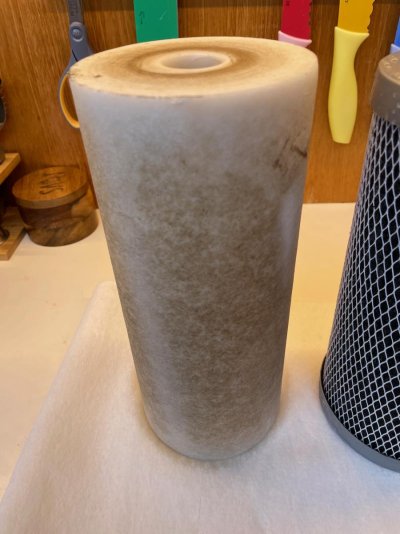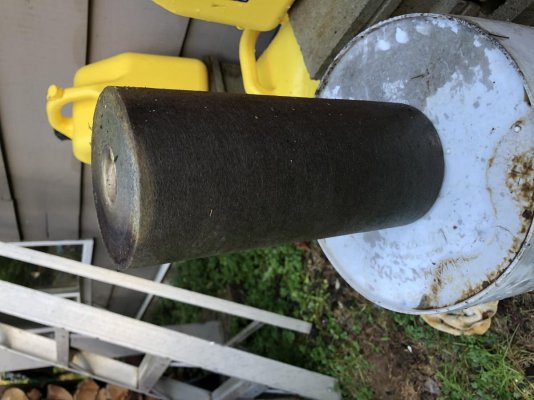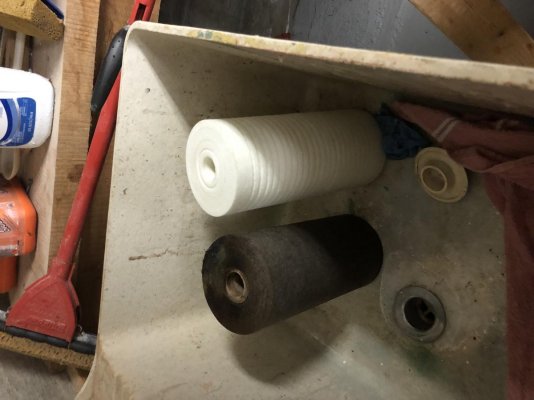We just use a Brita pitcher to filter our drinking water. Installing an inline filter just seems like filtering a lot of water that doesn't need to be filtered unless your water source has sediment that you want to filter out before putting it in your tank. That's a different problem than just purifying your drinking water.
The pitcher filters plenty fast enough to use for all of your drinking water, and it's cheap and easy. We use it for all drinking needs including making coffee and tea. Of course not as easy as just turning on the faucet when you want water.
You can get the pitcher with one filter for as low as $20 on Amazon. Six replacement filters are $20.



